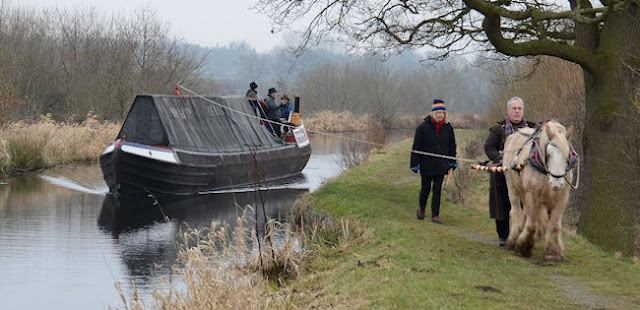Bubinga and Chrome Ballpoint Twist Pen
BUBINGA - Guibourtia
An African hardwood also known as Kevazingo, Bubinga may be loved as much for its quirky name as it is for its strength and beauty. Also sometimes called Kevazingo, usually in reference to its decorative rotary-cut veneer.
Bubinga has a close resemblance to rosewood and is often use in place of more expensive woods. Yet Bubinga also features a host of stunning grain figures, such as flamed, pommele, and waterfall, which make this wood truly unique. Bubinga also has an exceptional strength-to-weight ratio.
The bubinga tree (Guibourtia) is very large, up to 150 feet in height with long, clear trunks 3 to 6 feet in diameter. Enormous slabs of remarkably clear lumber can be had from these trees, the sapwood is narrow and off-white in colour.
The wood is often used for harps and other instruments, such as bass guitars, because of is mellow and well-rounded sound. It has been used in drum shells as well. Bubinga is also used in both acoustic and electric guitars for its figure and hardness.
Bubinga can be used in high-end furniture and comes in various grain patterns and European knife makers sometimes use the wood for their knife handles.
The bubinga tree (Guibourtia) is very large, up to 150 feet in height with long, clear trunks 3 to 6 feet in diameter. Enormous slabs of remarkably clear lumber can be had from these trees, the sapwood is narrow and off-white in colour.
The wood is often used for harps and other instruments, such as bass guitars, because of is mellow and well-rounded sound. It has been used in drum shells as well. Bubinga is also used in both acoustic and electric guitars for its figure and hardness.
Bubinga can be used in high-end furniture and comes in various grain patterns and European knife makers sometimes use the wood for their knife handles.
Pen #694 was turned on 10th November 2016 at Penkridge on the Staffordshire and Worcestershire Canal.
You can follow my pen making here on this blog and our travels on another blog here
oh and please like us on Facebook too here -













































